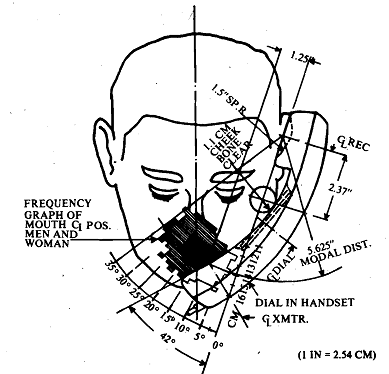Human factor engineering:
With the advances in science and technology, we have to constantly interact with machines and engineering systems. The range is wide, whether it is a worker in a factory, or a driver of motor vehicles or a farmer using farm implements like threshers and tractors or an individual using a sophisticated computer. In each case it is important that the machines and manner of their operation should be suited to human abilities, if the maximum work output is to be realised. The study of the efficiency of a person in his working environment is called human factor engineering or ergonomics. The people who are trained in this branch of applied psychology are known as human factor specialists. How was the importance of suitable working environments and machine designsrealised? During World War 11,457 US Air Force accidents took place in a 22 month period. An analysis of these accidents showed that pilots confused between two control levers, one related to landing and the other to wings. Often they didn't even know if they had enough petrol to complete their missions. Soon it was realised that selection and training alone would got produce efficient pilots.
The equipment itself needed to be redesigned. For the first time, design engineers started working in collaboration with psychologists to try and ensure that the machine systems will suit human requirements and abilities. The shapes of the controls for landing gear and wings were so designed, that the difference between them was obvious and chances of mistakes were eliminated. Similarly, the markings on the fuel gauge were changed to indicate fuel quantity as FULL; HALF FULL; EMPTY instead of in actual gallons.
You must have noticed this in present day buses and motor cars etc. Thus, the esseiitial job of human factor specialists is to see that machine systems are designed with the user in mind, so that they can be run with maximum efficiency and minimum error. For this purpose, they study the effects of work environment such as ventilation, noise and illumination. This leads to improvement in the design of the work place, to make it more comfortable, safe, and conducive to performance. The duration of the shifts is also studied in relation to production, to see how long a person can work with full concentration. The speed of the workers' reflexes and motor movements has also to be taken into consideration.
